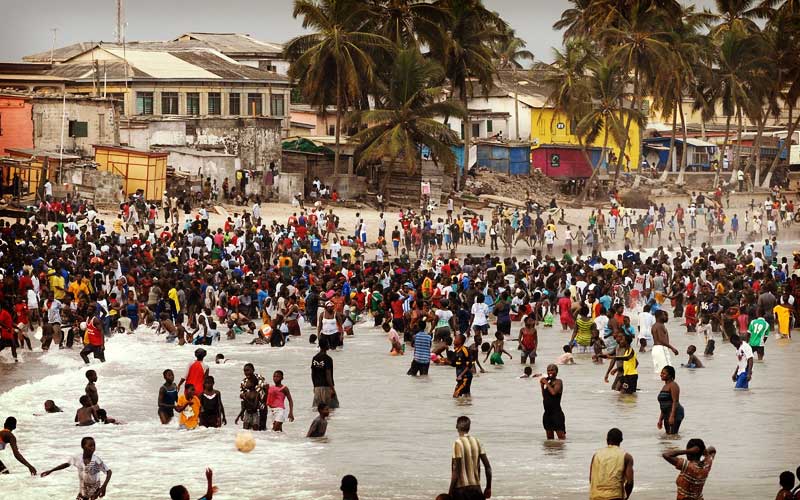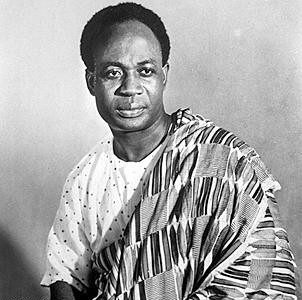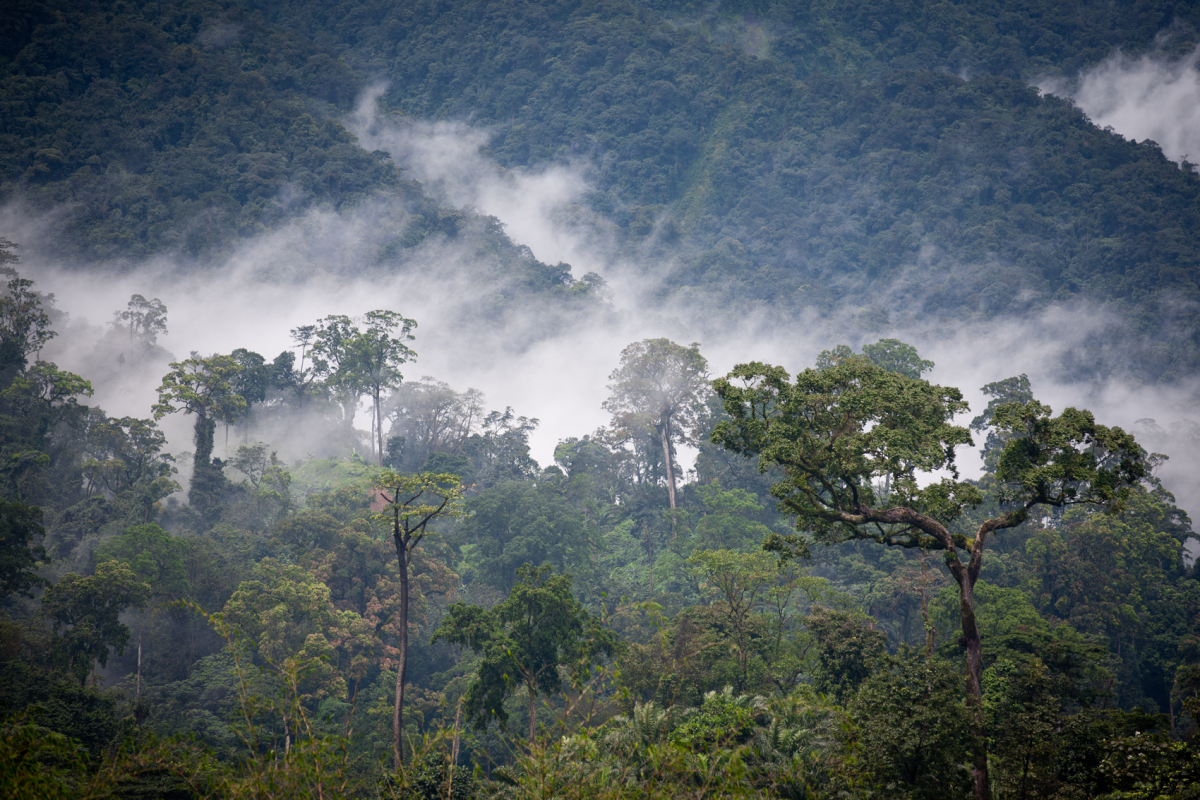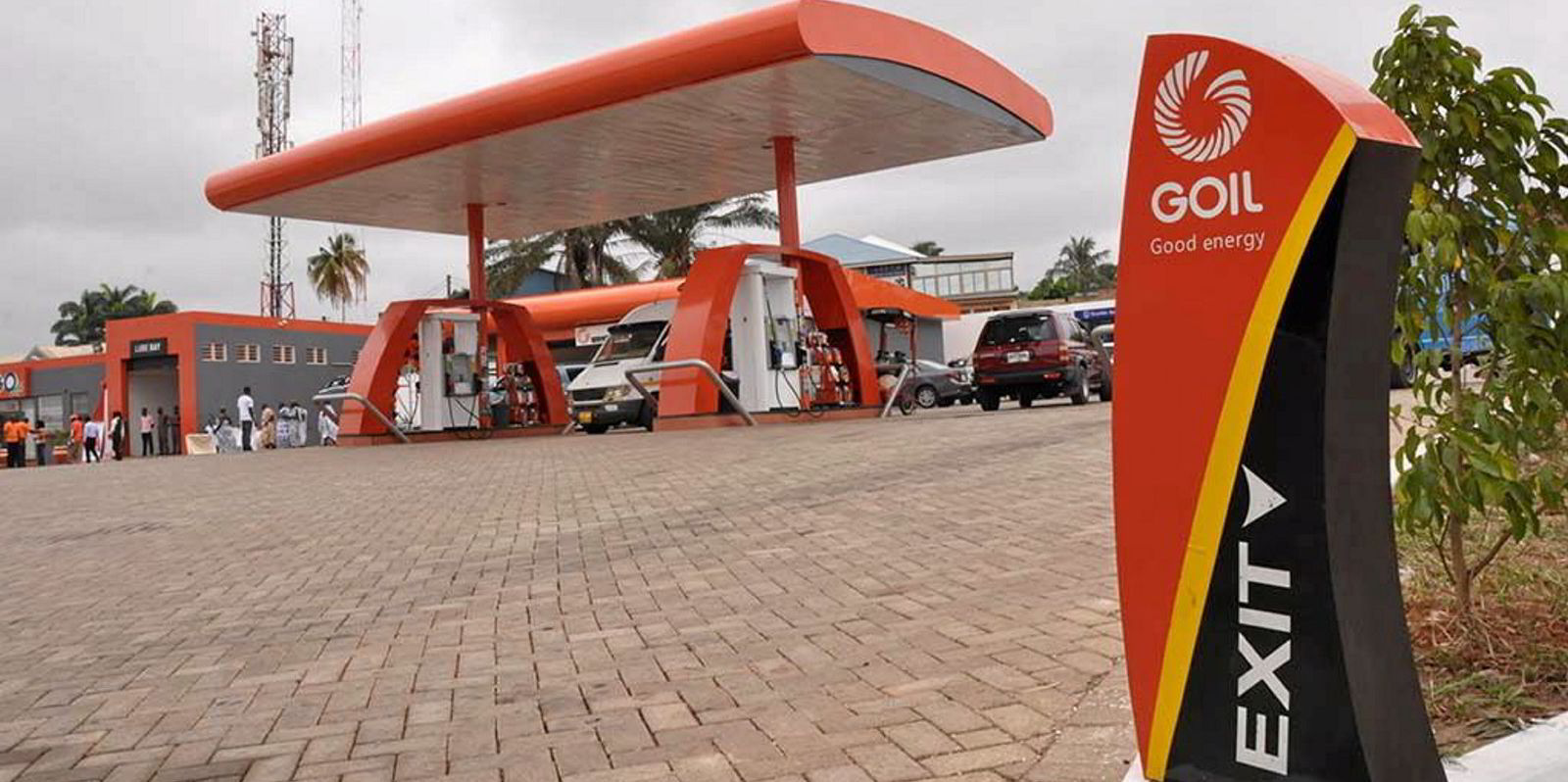Both India and Pakistan have quite different ideals than most of the western world. They may seem archaic and oppressive at first, but it is worth noting they do not have as many of the problems that plague the western world. Whether one disagrees with their methods and ways is a personal liberty, but to outright call Indian and Pakistani beliefs outdated or simple would be reductive and frankly a bit racist.
Marriage
The biggest point of confusion between India and the west is their frequency of arranged marriages. An Indian arranged marriage is decided by the elders of the family on the basis of caste, class, education, economic status, and astrology. When a couple is married, the bride almost always moves into the husband’s house. It should be noted that marriage is almost universal in India, divorce is exceedingly rare, and the overwhelming majority of marriages produce children.
Pakistan has an arguably more controversial style of marriage for westerners. The ideal subject of marriage for a young man is his father’s brother’s daughter, or in other words, his first cousin. Endogamy is an important aspect of marriage, as it is meant to strengthen connections of powerful groups with noble ancestors or political power.
Social Heirarchy
On a filial level, the two territories are essentially identical. The eldest male is recognized as the family head, and his wife dictates all tasks presented to the women of the family. In Pakistan, the eldest male is responsible for all decisions, while the women are relegated to housework and their duties as a good housewife.
The system of hierarchy in India is well known all over the world. The caste system is a set hierarchy where different castes are responsible for different roles.
The Pakistani hierarchy is somewhat vague. Class is determined by what is referred to as “brotherhood,” a very important construct in Pakistani society.
Sports
Sports have existed for thousands of years in India, and historians attribute the creation of chess to ancient india, albeit a very different game at the time. A mix of traditional and modern games exist, such as Kabaddi and Kho-Kho, as well as cricket and soccer, brought over by the british. Many of the sports common today in india are only thought of as english Bourgeois activities, because that is exactly what they are. Those who came from England to stay in india were often quite affluent. One of the sports they brought over, and the most popular one, cricket. Cricket is to India what football is to America, if not bigger. India also plays field hockey, a sport many only associate India with.
Because of their history and proximity, Pakistan shows many overlaps in recreational interest with india. Most of their sporting intrigue comes with their rivalries with india. India vs. Pakistan cricket is commonly one of the world’s most watched sporting events, with the most recent matchup attracting over 170 million live viewers. These matches sometimes take place in Jakarta national stadium, which seats over 82 thousand people.









